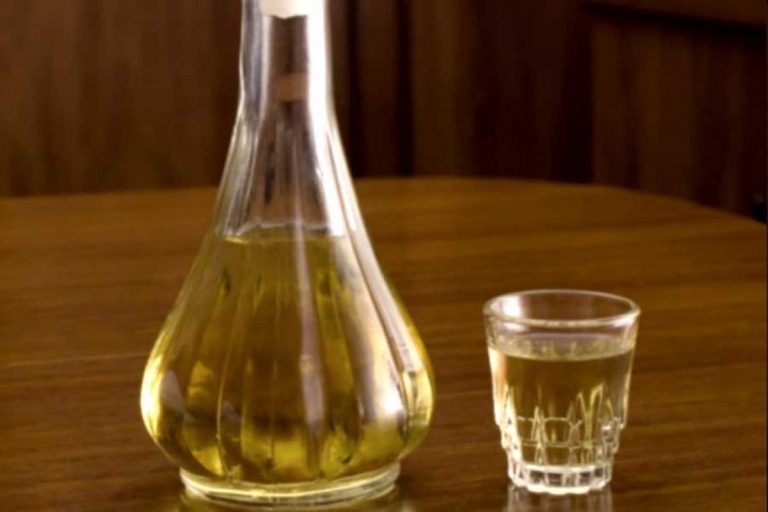
Where is Kosjerić?
Kosjerić is a municipality located in the western part of Zlatibor district, between Podrinje, Valjevo Podgorina, Šumadija and Western Pomoravlje. It borders the municipalities of Požega, Užice, Bajina Bašta, Valjevo and Mionica. It stretches over the slopes of Maljen and Povlen mountains. To the south, it extends to the mountains of Crnokosa and Jelova Gora. The Skrapež River pumps life flowing through the valley. Hills, mountains, flowery and fragrant meadows are intersected by numerous streams and rivers. Fields are covered with flowers of medicinal plants. This is the perfect place for nature lovers. There is a town of Kosjerić and 26 villages in the municipality. All villages are connected by paved roads. Most settlements are in river valleys, where forests cease, and meadows begin. Some villages are located at an altitude of about 1,000 meters. The valley in which the town is located continues south to Požega. Kosjerić is 46 km from Valjevo and 47 km from Užice. It is 136 km from Belgrade and 340 km from the Montenegrin coast. The main road passes through the city, and also the Belgrade-Bar railway line. The exceptional geographical position of the town is complemented by the proximity of two tourist centres of this area: Zlatibor (56 km away) and Divčibare (26 km away).
Rakija is a strong alcoholic beverage and is produced by the distillation of fermented juice, mashed fruit, grape pomace, or other fruit, and usually contains 40% vol. alcohol. In our region, the beginnings of alcohol distillation, that is, “rakija baking”, were first recorded in the 11th century. The history of rakija over the next few centuries gained in importance thanks mainly to monks of various Christian monasteries. At first, distillates or rakija were used only for medicinal purposes and later for drinking and enjoying.
Ethanol or ethyl alcohol is the basis of all strong alcoholic beverages. It is a colourless and flammable liquid, with a pleasant, intoxicating aroma and a specific alcoholic taste, which is enriched with a taste of fruit which gives it that special delicious and fragrant note.
Rakija types
The taste and smell of rakija, or aroma, is characteristic of each type of rakija, depending on the fruit or other ingredients used. After the production process, rakija stays in special casks to get a special note and known quality. Rakija can be aged in wooden or glass vessels, and recently in stainless steel vessels. Wooden vessels – casks are usually made of oak (French, American, and Slavonian and Homolje oak are the most famous in our region) or ash casks when you want to get colourless rakija.
What rakija is made of
Almost all types of fruit containing sugar (plums, apricots, quince, peaches, cherries, raspberries, pears, etc.) can be used to produce fruit rakija.
For quality fruit rakija, ripe, intact and well-preserved fruit is used.
The production of rakija can be complemented by other things such as:
grapes
cereals
forest fruits and
other agricultural products (e.g. potatoes)
In Serbia, the most produced type is plum rakija – popularly called slivovitz. Then, there are pear brandy, especially popular is “Viljamovka” made of Williams pear, apple brandy – “Jabukovača”, apricot – “Kajsijevača”, quince – “Dunjevača”, grape – “Loza” and “Komovica”, grains – whiskey and potato – vodka.
The culture of drinking rakija
There is a belief in our tradition that rakija is good or “strong” if a bubble circle is formed when shaking heavily. Also, rakija fans test its age by shaking rakija in circular motions so that walls of a cup get wet. Drops i.e. “tears” reveal its age, the thicker and slower drops are, the older rakija is. Rakija is drunk from small 0.3 or 0.5 dl cups to fully sense its concentrated aroma. When drinking rakija, consumers toast with the words “Cheers!” or “To health!” While drinking rakija, a swallowed sip should be kept and allowed to gently spill over one’s mouth and then smoothly go down the throat. Changing the overall impression, aromatic complex and tone, rakija thus gets its full taste range and becomes a drink to enjoy. Rakija names are popular with foreigners: brandy, fruit brandy, plum brandy, gin, schnapps. If used properly, rakija can be a cure. For real enjoyment of drinking rakija, it is recommended to taste in moderation, in a pleasant atmosphere and best in good company.



